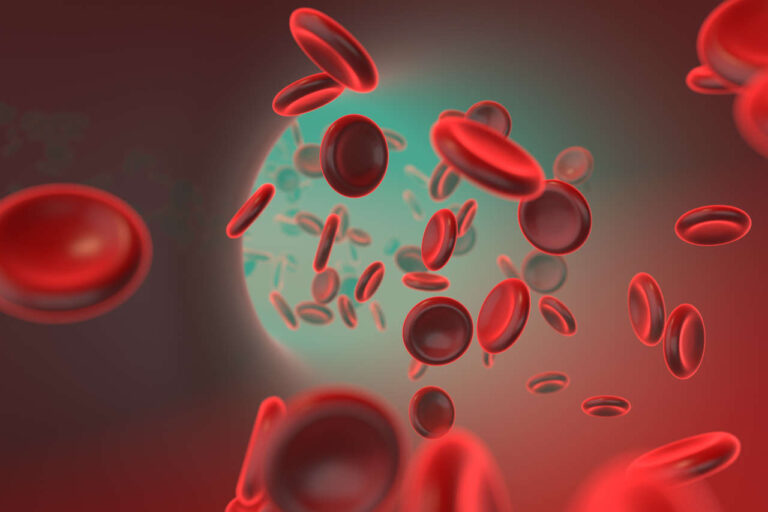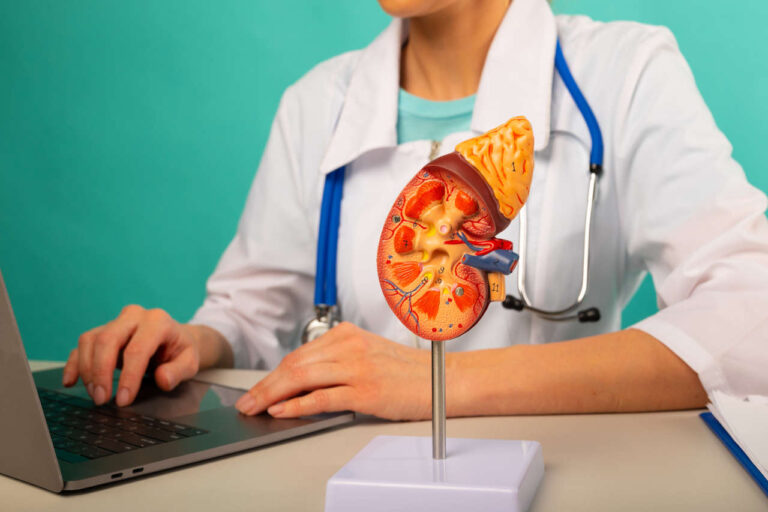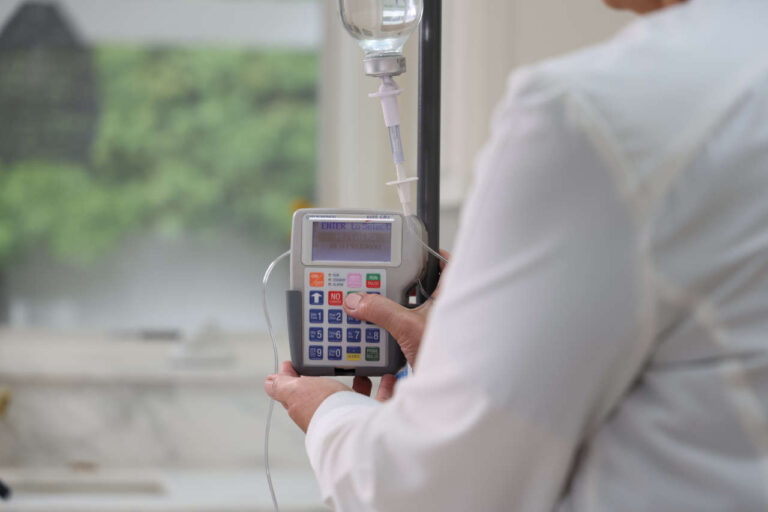
Over the past few decades, medical advancements have introduced a variety of treatment options for individuals with immunodeficiency disorders. Intravenous immunoglobulin (IVIG) is often the standard treatment prescribed for those with such conditions. However, with ongoing scientific progress, subcutaneous immunoglobulin (SCIG) has emerged as an alternative. In this article, we will explore the key details you need to know if you’re considering switching from IVIG to SCIG as a treatment option for your immunodeficiency disorder.
Home Infusion – We Come To You
What Is IVIG and SCIG?
Primary immunodeficiency disease (PIDD) refers to a group of more than 300 disorders that occur when the body’s ability to produce antibodies is impaired for an unknown reason. Antibodies are crucial proteins that help defend the body against harmful invaders like viruses and bacteria. As a result, individuals with PIDD are more susceptible to infections and other illnesses [1]. For these individuals, immunoglobulin (IG) replacement therapy is an effective treatment option to help support and maintain a healthy immune system.
Intravenous immunoglobulin (IVIG) is an immunoglobulin (IG) replacement therapy made from the blood plasma of thousands of donors. It contains many antibodies that help fight against viruses and bacteria. IVIG is administered intravenously through a vein. IVIG can help treat various health conditions like PIDD, chronic inflammatory demyelinating polyneuropathy (CIDP), and Kawasaki disease.
Subcutaneous Immunoglobulin (SCIG) contains the same immunoglobulin (IG) product, but the difference is that you receive SCIG under your skin rather than in a vein. This infusion method allows you to self-infuse at home, providing more flexibility than IVIG.
Benefits of Switching From IVIG to SCIG
There are some benefits of SCIG over IVIG [2]:
Improved Quality of Life: Unlike IVIG, you can take SCIG on your own in your home. This significantly reduces visits to the clinic. The length of infusion also decreases with the infusion running about 1.5 hours, whereas a typical IVIG regimen may take up to 4 to 6 hours. Unlike IVIG, the frequent dosing schedule of SCIG helps your body maintain steady immunoglobulin levels. This reduces your risk of getting an infection and improves your overall health. The convenience of self-infusing over shorter periods of time and achieving consistent medication levels can greatly improve your quality of life.
Lower Risk of Side Effects: SCIG is well tolerated and comes with a lower risk of side effects than IVIG.
Lower Healthcare Cost: SCIG use could lead to fewer hospital visits due to its tolerability and shorter nursing times, with patients learning how to self-infuse.
Greater Patient Preference: People tend to prefer SCIG over IVIG. In a clinical study, 81% of patients preferred SCIG over IVIG [3]. In another study, seven out of eight patients preferred SCIG over IVIG [4].
Speak to a Specialist
About Copay AssistanceSteps for Switching From IVIG to SCIG

If you are considering switching from IVIG to SCIG, the recommended steps are discussed below [2][5][6]:
Consult With Healthcare Provider: The first step in transitioning is to consult your doctor. Your doctor will check your medical records, your need for transition, and the potential benefits and challenges of the transition.
Calculate the SCIG Dosage: You need a personalized treatment plan that suits you. For this, your doctor will calculate the proper SCIG dosage for you. You should get your first SCIG dose one week after your last IVIG dose.
Obtain Supplies: A pump and infusion supplies will be provided by your pharmacy.
Receive Training: You need proper training if you want to infuse SCIG on your own. A healthcare professional will show you how to prepare for the infusion, insert the needle, and maintain your infusion logbook.
Monitoring and Adjustments: You should receive regular monitoring from your doctor to check for the effectiveness of SCIG and the side effects. Your doctor may also make necessary adjustments to your dosing regimen.
Conclusion
Switching from IVIG to SCIG can offer you benefits like improved quality of life, greater flexibility, and reduced side effects. Several studies have shown that patients on SCIG report a higher satisfaction with their treatment than those on IVIG. However, switching to SCIG also requires careful planning, proper training, and regular monitoring.
If you want to switch from IVIG to SCIG, then you should have a detailed discussion with your doctor about all the pros and cons and get a personalized treatment plan. With the right approach, SCIG can be a viable and preferable alternative to IVIG.
REFERENCES:
- Primary Immunodeficiency Diseases (PIDD) defined | AAAAI. (n.d.). https://www.aaaai.org/tools-for-the-public/allergy,-asthma-immunology-glossary/primary-immunodeficiency-diseases-(pidd)-defined
- Menon, D., Sarpong, E., & Bril, V. (2021). Practical Aspects of Transitioning from Intravenous to Subcutaneous Immunoglobulin Therapy in Neuromuscular Disorders. Canadian Journal of Neurological Sciences / Journal Canadien Des Sciences Neurologiques, 49(2), 161–167. https://doi.org/10.1017/cjn.2021.56
- Nicolay, U., Kiessling, P., Berger, M., Gupta, S., Yel, L., Roifman, C. M., Gardulf, A., Eichmann, F., Haag, S., Massion, C., & Ochs, H. D. (2006). Health-Related Quality of Life and Treatment Satisfaction in North American Patients with Primary Immunedeficiency Diseases Receiving Subcutaneous IgG Self-Infusions at Home. Journal of Clinical Immunology, 26(1), 65–72. https://doi.org/10.1007/s10875-006-8905-x
- Hadden, R. D. M., & Marreno, F. (2014). Switch from intravenous to subcutaneous immunoglobulin in CIDP and MMN: improved tolerability and patient satisfaction. Therapeutic Advances in Neurological Disorders, 8(1), 14–19. https://doi.org/10.1177/1756285614563056
- Hadden, R. D. M., & Marreno, F. (2014). Switch from intravenous to subcutaneous immunoglobulin in CIDP and MMN: improved tolerability and patient satisfaction. Therapeutic Advances in Neurological Disorders, 8(1), 14–19. https://doi.org/10.1177/1756285614563056
- Menon, D., Sarpong, E., & Bril, V. (2021). Practical Aspects of Transitioning from Intravenous to Subcutaneous Immunoglobulin Therapy in Neuromuscular Disorders. Canadian Journal of Neurological Sciences / Journal Canadien Des Sciences Neurologiques, 49(2), 161–167. https://doi.org/10.1017/cjn.2021.56













